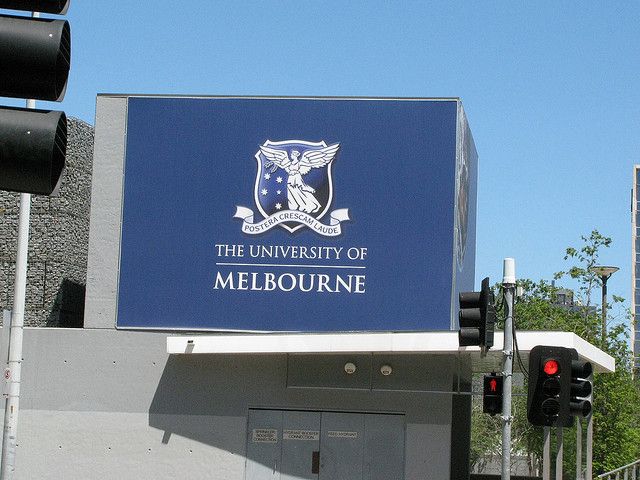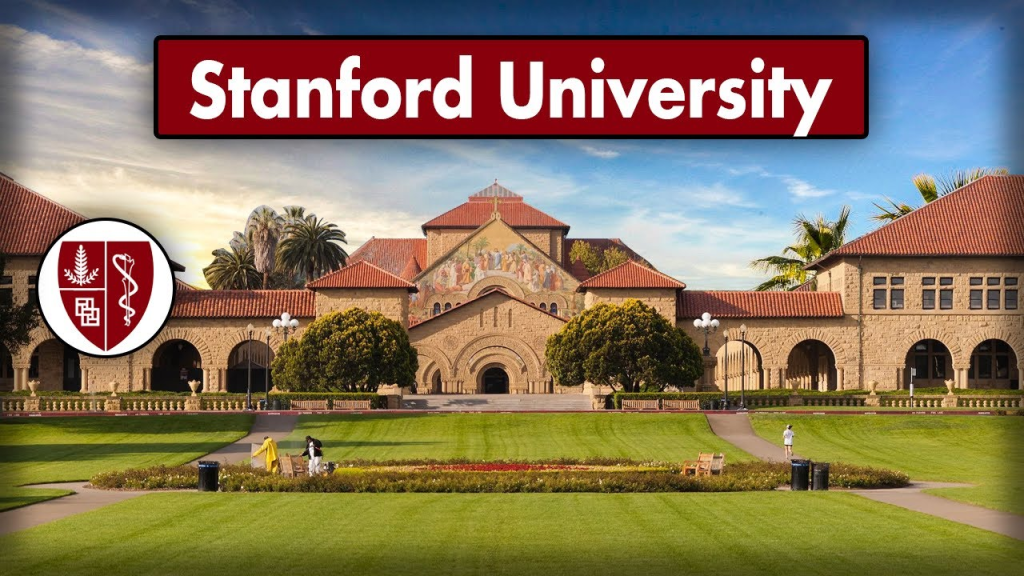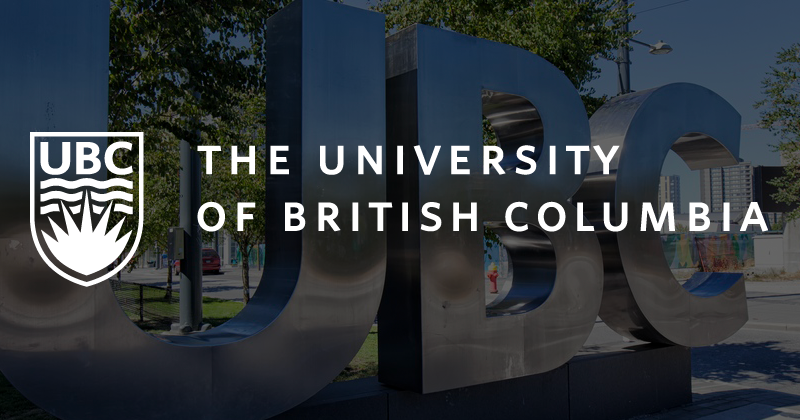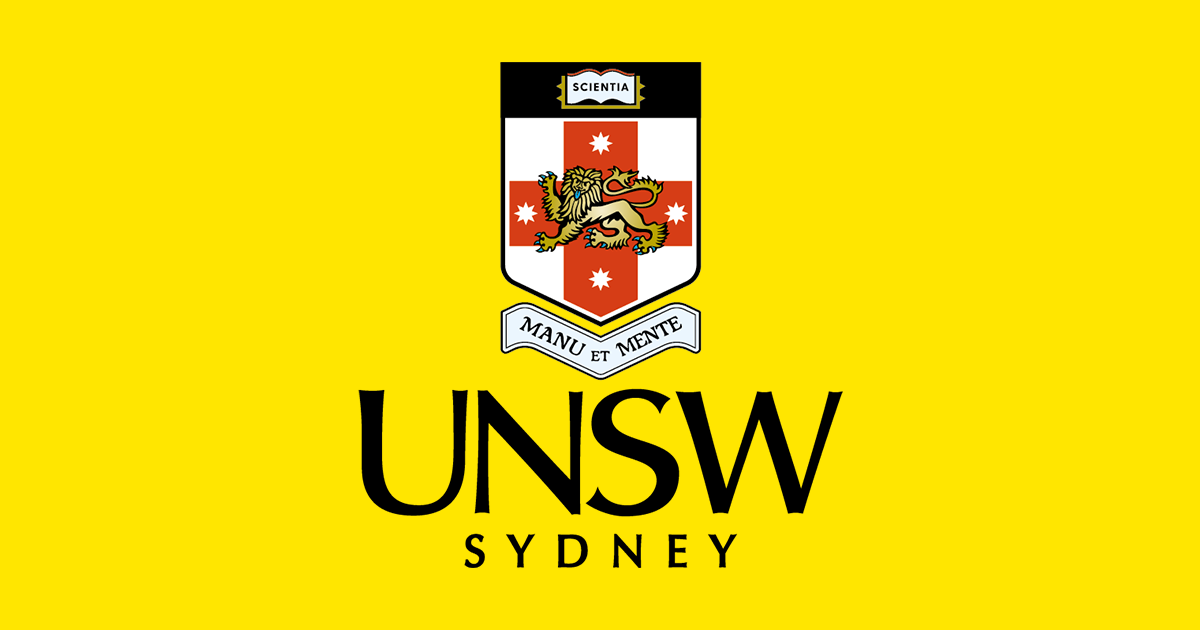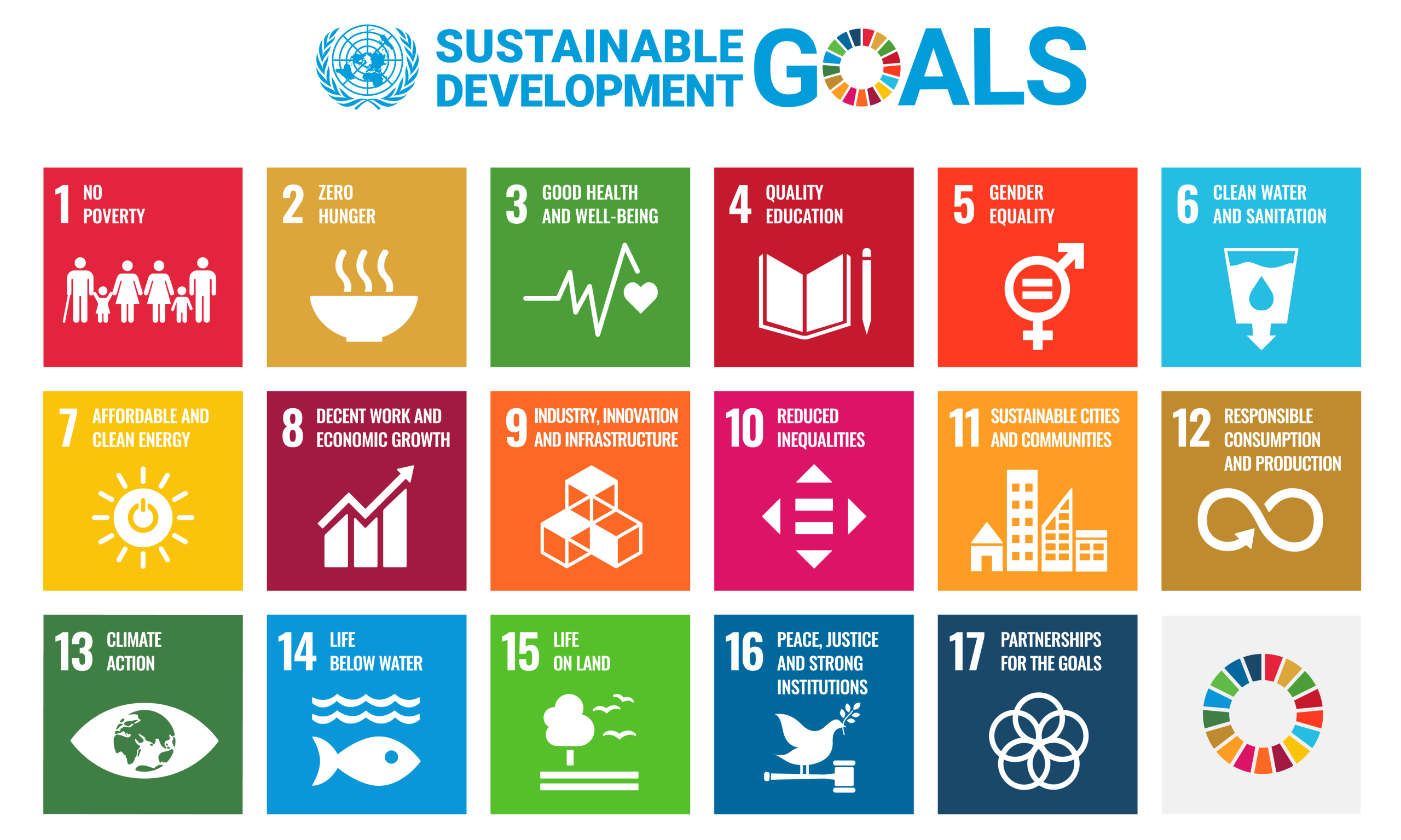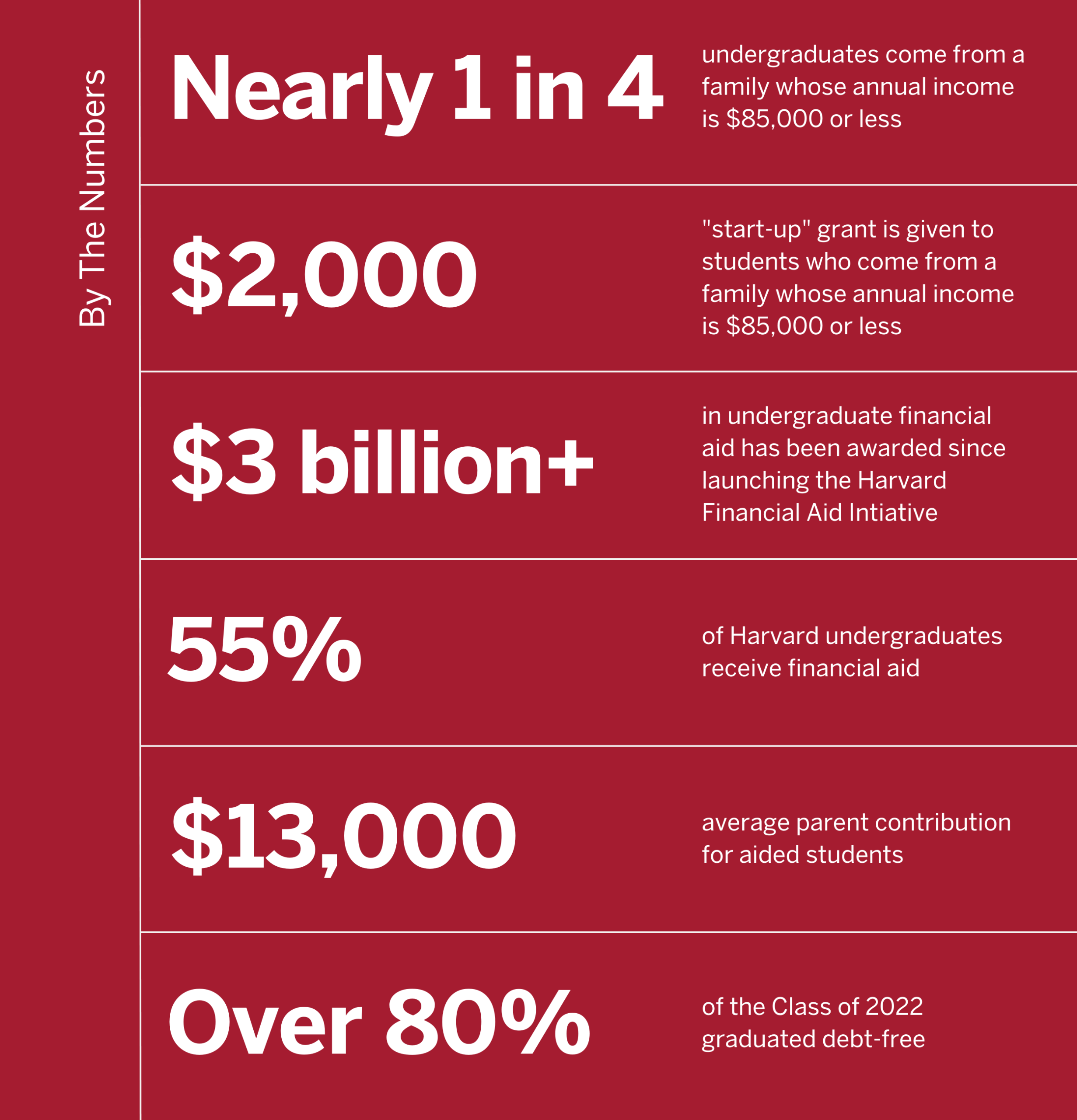
The US is a popular destination for international students, offering world-class education, diverse cultures, and endless opportunities. Among the intakes available, the Fall Intake in the USA is the most sought-after. If you’re planning to study in the USA, understanding the Fall Intake and how to prepare for it is crucial.
What is Fall Intake?
The Fall Intake in the USA typically begins in August or September and is the primary intake for most universities.
It offers the widest range of courses, programs, and opportunities compared to other intakes like Spring or Summer.
Here’s why Fall Intake is so popular:
| Use this as your checklist! | Reason | Why It Matters |
|---|---|---|
| ✔️ | Largest Selection of Courses | Fall intake gives you access to full course offerings across all disciplines, giving you the widest variety of academic options. |
| ✔️ | More Internship Opportunities | Fall entry allows you to participate in summer internships after your first academic year, which can be key for gaining work experience. |
| ✔️ | Campus Life at Its Fullest | Orientation programs, social events, and club activities are in full swing, allowing you to integrate easily into campus culture. |
| ✔️ | Stronger Networking Opportunities | With more students on campus, you have the chance to build a larger network of peers, professors, and professionals. |
| ✔️ | Peer Support Systems | You’ll find a larger cohort of new students to share the transition with, creating natural support systems and friendships. |
| ✔️ | Access to Campus Resources | With more students enrolled, you’ll have access to a wide variety of academic, athletic, and extracurricular resources. |
| ✔️ | Full Financial Aid Options | Many scholarships, grants, and on-campus job opportunities are more available in Fall, allowing you to secure financial support. |
| ✔️ | Global Opportunities & Conferences | Fall intake allows you to participate in major conferences, international programs, and events that align with the academic calendar. |
You Might Also Like: What is the Spring Intake in the US?
Timeline for Fall Intake
To ensure a smooth application process, follow this timeline:
| Timeline | Action |
|---|---|
| 12–15 months before | Research: Shortlist universities and courses that match your interests and career goals. |
| 10–12 months before | Take Tests: Prepare and appear for standardized tests like TOEFL, IELTS, GRE, or GMAT. |
| 8–10 months before | Apply: Submit your applications along with required documents like SOP, LORs, and transcripts. |
| 4–6 months before | Receive Offers: Respond to admission offers and secure your seat. |
| 3–4 months before | Apply for Visa: Complete your visa application and prepare for the interview. |
| 1–2 months before | Travel: Book your tickets and get ready for your journey. |
How to Choose the Right University?

Selecting the right university is a critical step. Consider the following factors:
- Course Curriculum: Does the program align with your career goals?
- Location: Is the university located in a city with good job opportunities?
- Cost: Can you afford the tuition and living expenses?
- Rankings and Reviews: Check the university’s global rankings and student reviews.
Why Fall Intake is Ideal for Indian Students:
1. Better Networking Opportunities
- Larger student body in Fall means more connections.
- More chances to join clubs, societies, and academic groups.
- Collaborate on projects with a global peer group.
2. Cultural Events
- Orientation events help you adapt in the first few weeks.
- Cultural festivals and activities are common in Fall, offering opportunities to share your culture.
- Multicultural student community fosters learning and broadens perspectives.
3. Job Market Alignment
- Hiring cycles: Companies recruit during summer internships (June-August) and graduate roles in Fall (September-November).
- Internships: Start in Fall for a summer internship by your second semester.
- Graduate recruitment peaks in May-June, aligning with Spring graduation after Fall intake.
4. Academic Calendar Synchronization
- Full access to all courses and electives.
- Starting in Fall ensures you’re part of the academic cohort from the beginning.
- Courses are designed to offer progressive learning over the full academic year.
5. Easier Financial Planning
- Financial aid and scholarships are more widely available in Fall.
- On-campus jobs are abundant, helping to offset costs.
- Work-study programs are more prevalent for Fall admits.
Need Personalized Help?
The Fall Intake in the USA is a golden opportunity for students aiming to pursue higher education in one of the best academic environments in the world. With proper planning and guidance, you can make your dream of studying in the USA a reality.
If you’re ready to take the first step, visit Admitix.in today and let the experts guide you toward a brighter future!
FAQs About Fall Intake in the USA
1. When does the Fall Intake in the USA start?
The Fall Intake typically begins in August or September every year. It is the primary intake for most universities and offers the widest range of courses and opportunities.
2. What is the deadline for Fall Intake applications?
Application deadlines vary by university, but they generally fall between December and March of the previous year. It’s important to check the specific deadlines for each university you’re applying to.
3. Can I apply for scholarships during the Fall Intake?
Yes, most universities allocate a significant portion of their scholarships for Fall applicants. Make sure to check the scholarship options and apply early to increase your chances.
4. Is the Fall Intake better than the Spring Intake?
The Fall Intake is considered better for most students because it offers:
- A wider range of courses.
- More seats and higher chances of admission.
- Better alignment with internship and job opportunities.

